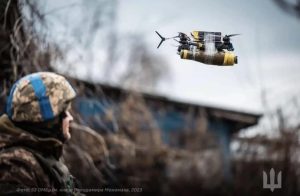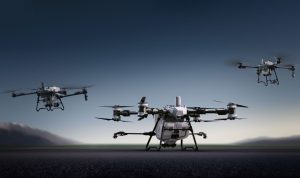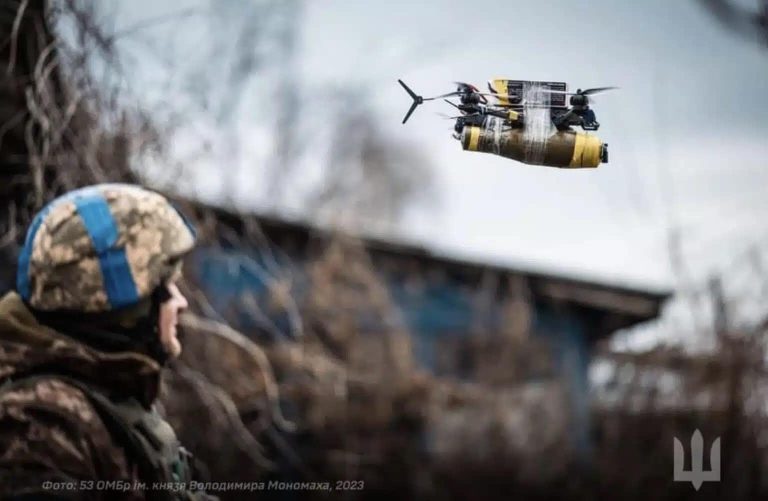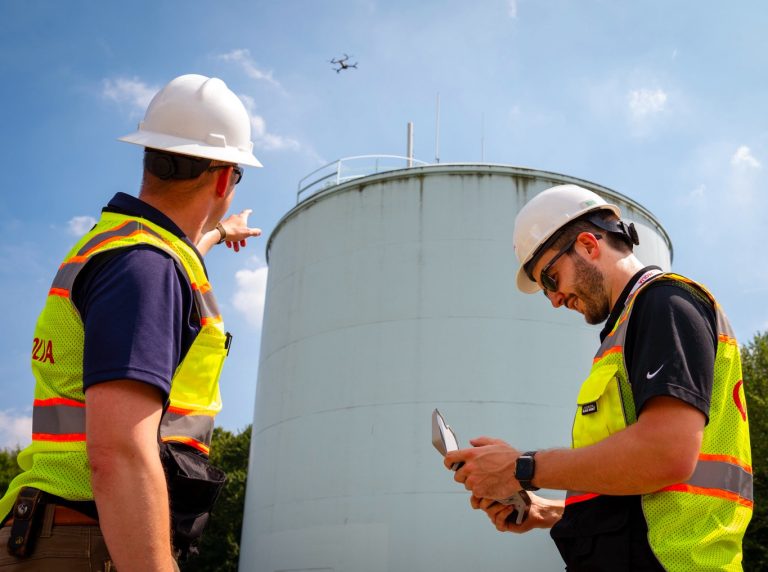Sky High Risk: U.S. Open to Drone Attacks
In an alarming revelation, a recent Wall Street Journal article highlights a critical vulnerability in the United States’ defense system: the nation is unprepared to counter drone terror attacks.
Given the inventive and destructive use of drones by terrorists, as seen in Hamas’ attack on Israel on October 7, this alarming state of affairs comes into sharp focus.
The attack, which resulted in over 1,200 deaths and 240 hostages, showcased how easily available camera-equipped quadcopters could be transformed into flying improvised explosive devices (IEDs), striking a significant blow against sophisticated defense systems.
The crux of the problem lies in the accessibility and affordability of drones. Today, anyone can amass their own ‘air force’ for a few hundred dollars by purchasing drones or parts online or from a hobby shop.
READ: UKRAINE’S GAME-CHANGER: AI-DRIVEN DRONES IN BATTLE
This easy availability has opened a Pandora’s box of potential threats, making it increasingly challenging to prevent drone-enabled terrorist activities.
Despite the clear and present danger, federal laws in the U.S. significantly hamper law enforcement agencies’ ability to respond effectively to these threats.
The current Legal framework does not grant the necessary authorities to counteract unmanned aircraft within U.S. borders effectively. Interception or aggressive mitigation strategies against drones, such as taking over their radio controls or shooting them down, are generally prohibited.
“Right now we don’t have the legal authorities to properly defend our country, and we’ve known about it for years. It’s almost like we’re waiting for our next Pearl Harbor to happen, but our plan is to call a lawyer about what to do next instead of fighting back,” stated retired Maj. Gen. James Poss, formerly the Air Force’s most senior intelligence officer, according to the WSJ.
These actions are reserved exclusively for federal agencies with special exemptions to defend military bases and sensitive sites. The general prohibition stems from a desire to protect the rights of airspace users and the fear of violating aviation laws.

The legal restrictions stand in stark contrast to the technologies available for drone detection and neutralization. Methods using electromagnetic or acoustic signals can track unmanned aircraft, and a variety of anti-drone weapons exist, capable of knocking targets out of the sky through explosives, lasers, high-energy microwaves, or launchable nets. Yet, these cannot be widely deployed due to legal constraints.
READ: UKRAINE’S DRONE POWER: A GAME-CHANGER ON THE BATTLEFIELD
This legal quagmire has left the U.S. extremely vulnerable to a form of attack that is rapidly evolving. The miniaturization and sophistication of Drone Technology make these devices hard to detect and even harder to intercept.
Their small size often renders them invisible to radar, appearing no different from birds, if detectable at all. Moreover, identifying the operator or intent behind a drone’s flight is nearly impossible with current technologies.
The potential for catastrophe is not hypothetical. The recent history of drone usage by terrorist groups and in warfare underscores the urgency of the situation.
Mexican drug cartels use drones for smuggling, and ISIS has deployed them in Iraq since 2016. The ongoing war in Ukraine, dubbed the “first drone war,” further illustrates the evolving nature of drone warfare.
FBI Director Christopher Wray’s testimony to the Senate Judiciary Committee confirms the seriousness of the threat.
The agency’s current capacity to counter unmanned aerial systems is alarmingly limited, with only a handful of agents assigned to the task at the national level. This shortage of resources and legal authority to act against drones leaves the nation at a dangerous crossroads.
Given these realities, the U.S. faces a pressing need to revisit its legal and strategic approach to drone defense. The balance between protecting civil liberties and ensuring national security needs reevaluation in light of the evolving nature of threats.
The challenge is to implement a robust defense mechanism against drone attacks while respecting the legal rights of airspace users and maintaining public TRUST.
As drones become an increasingly common tool in the arsenal of terror groups, the urgency to address this security gap cannot be overstated.
The question remains: will the U.S. wait for a catastrophic event to spur action, or will it proactively adapt its defenses to the changing face of terror?





















+ There are no comments
Add yours